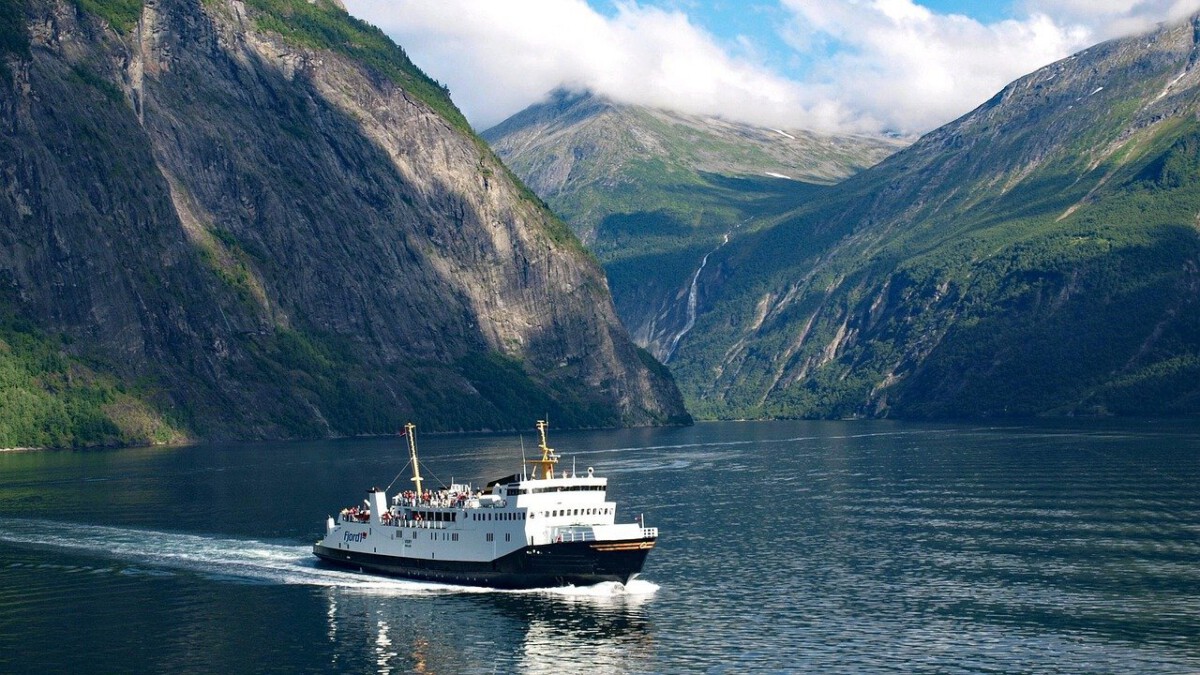Bhutan: The Carbon Negative Nation

Bhutan stands out globally for its ambitious environmental strategies, having achieved carbon-negative status since 2015. Over 70% of Bhutan’s land is covered by forests, which act as a massive carbon sink and help the country absorb more carbon dioxide than it emits. To safeguard this unique achievement, Bhutan’s government has repeatedly examined the consequences of growing tourism. In 2023, the country introduced a Sustainable Development Fee for visitors, set at $200 per night, specifically to fund conservation projects and limit the number of arrivals. This fee is not merely symbolic—it directly finances environmental programs, forest preservation, and cultural protection initiatives. Authorities have hinted that further restrictions, including possible tourist bans in sensitive regions, could be enacted if the natural balance is threatened. Local leaders argue that unchecked visitor numbers could undermine both the environment and the country’s distinctive culture, which is deeply intertwined with nature. Bhutan’s approach is increasingly cited as a blueprint for small nations wrestling with the dual pressures of economic growth and environmental stewardship.
Palau: A Marine Sanctuary

Palau, a Pacific island nation, is a leader in marine conservation with bold, tangible policies. In 2022, Palau expanded its marine sanctuary, banning commercial fishing in 80% of its waters and sharply limiting other extractive activities. The government is now considering more drastic steps, including restricting or even banning tourists from especially vulnerable marine zones. Palau’s “Pledge to Protect” program, signed by every visitor upon entry, obligates tourists to follow strict environmental rules, but concerns remain about coral reef damage and plastic pollution. Scientists warn that rising water temperatures and over-visitation can accelerate reef decline, jeopardizing local food security and biodiversity. Officials have floated the idea of closing off certain islands or dive sites entirely if environmental monitoring shows further degradation. The country’s actions are driven by the latest research from local and international experts, who emphasize that marine ecosystems in Palau are among the most biodiverse yet fragile on the planet. Palau’s success and struggles are closely watched by other small island nations facing similar threats.
Iceland: Protecting Natural Wonders

Iceland’s dramatic landscapes have become a magnet for tourists, with annual arrivals soaring beyond 2 million in recent years—a dramatic number for a country of just 370,000 residents. This surge is taking a toll on fragile ecosystems, including moss fields, volcanic landscapes, and glacial lagoons. In 2024, the government started a pilot project limiting visitor access to select national parks and iconic sites during the busiest months. Authorities are closely monitoring the impact, warning that continued pressure could force complete closures or bans in the most vulnerable areas. Erosion, litter, and the trampling of sensitive vegetation are pressing concerns, with scientists from the Icelandic Institute of Natural History highlighting rapid habitat loss. The tourism ministry is gathering data to determine if these measures are sufficient, or if broader bans are needed. Local communities, while reliant on tourism income, are increasingly vocal about the need to protect the landscapes for future generations. Experts agree that Iceland’s model could guide other countries grappling with tourism overload.
New Zealand: Balancing Tourism and Conservation

New Zealand’s pristine wilderness and rare wildlife attract millions, but the burden on the environment is mounting. In 2023, the government announced a new visitor levy, channeling funds directly into conservation and infrastructure upgrades. Officials also released a report identifying specific regions—such as the Fiordland, Tongariro, and Abel Tasman national parks—where over-tourism is leading to habitat loss and invasive species spread. The Department of Conservation is reviewing access rules, and closures during peak seasons have been proposed as a last resort to let ecosystems recover. Indigenous Māori leaders are also advocating for stronger protections of sacred natural sites, drawing on traditional knowledge to guide sustainable tourism policies. Surveys show strong public support for tighter regulations, even if it means fewer tourists and less revenue. Recent research by New Zealand’s Ministry for the Environment confirms that some habitats are at a tipping point, requiring immediate intervention. If these measures fail to halt degradation, temporary or permanent bans may be the only way forward.
The Galápagos Islands: A Fragile Ecosystem

The Galápagos Islands are famed for unique wildlife found nowhere else, but this fame is now part of the problem. Tourist arrivals exceeded 275,000 in 2024, a number that conservationists say is unsustainable. Authorities in 2025 announced new proposals to cap annual visitor numbers and limit access to especially sensitive islands and trails. The Galápagos National Park Authority is using satellite tracking and on-the-ground monitoring to assess human impact, finding alarming rates of species disturbance and habitat erosion. Strict new rules on where visitors can go and what activities are allowed are under consideration, with the option of outright bans in critical areas if conditions worsen. The government argues that protecting the islands’ biodiversity must outweigh short-term economic interests. Scientists from the Charles Darwin Foundation report that invasive species and pollution are escalating alongside tourism, putting dozens of endemic species at risk. The Galápagos’ fate is now seen as a test case for balancing ecotourism with genuine conservation.
Costa Rica: Eco-Tourism at a Crossroads

Costa Rica is celebrated for its “pura vida” lifestyle and its pioneering eco-tourism, but the country is facing new environmental pressures. Tourist numbers reached a record 3.1 million in 2024, and some national parks are now reporting overcrowding, litter, and wildlife stress. The Ministry of Environment has proposed seasonal restrictions on visits to delicate areas, as well as higher fees to reduce the overall number of tourists. Costa Rica’s government is collaborating with researchers from the University of Costa Rica to monitor biodiversity loss and ecosystem health in real time. Local communities, who depend on tourism, are being included in the conversation to find a balance between economic and environmental needs. Proposals include rotating closures of popular reserves and stricter enforcement of existing rules, such as banning single-use plastics in parks. If degradation continues, officials warn that temporary bans on tourist entry may become necessary. These actions underscore the complexity of maintaining both a thriving tourism industry and a healthy environment.
Norway: Protecting the Fjords

Norway’s fjords are among the world’s most iconic landscapes, drawing more than 2.5 million visitors in 2024, according to the Norwegian Tourism Board. This influx is straining delicate ecosystems, with cruise ships and tour buses contributing to both pollution and noise that disturb marine and terrestrial life. In 2023, the government began enforcing stricter limits on cruise ship access to the UNESCO-listed Geirangerfjord and Nærøyfjord, and is considering extending these measures to other regions. These rules include caps on the number of ships per day and requirements for zero-emission vessels by 2026. Researchers from the Norwegian Institute for Nature Research have warned that increased human activity is threatening fish stocks and fragile plant life. Local residents and environmental groups have successfully lobbied for more comprehensive protections, including partial closures of certain fjords during spawning seasons. Norway’s willingness to sacrifice tourist revenue for environmental health is drawing international attention. Calls for temporary or permanent bans are gaining traction as authorities prioritize long-term sustainability.
Antarctica: A Continent at Risk

Antarctica’s untouched landscapes and abundant wildlife have made it an increasingly popular destination, with tourist arrivals exceeding 100,000 in the 2024-2025 season. The Antarctic Treaty System began debating stricter controls on tourism in 2025, spurred by alarming scientific reports on pollution, invasive species, and wildlife disturbance. Ice melt and ecosystem disruption are accelerating, with researchers from the British Antarctic Survey warning that even small increases in human activity can have outsized effects. The International Association of Antarctica Tour Operators (IAATO) has implemented voluntary guidelines, but compliance is inconsistent. Proposals on the table include capping visitor numbers, restricting landing sites, and potentially banning all non-research tourist travel if conditions deteriorate further. Some nations, including Chile and Australia, have voiced support for more drastic measures to protect shared environmental interests. The fate of Antarctica is increasingly seen as a barometer for humanity’s willingness to protect the world’s last great wilderness.





